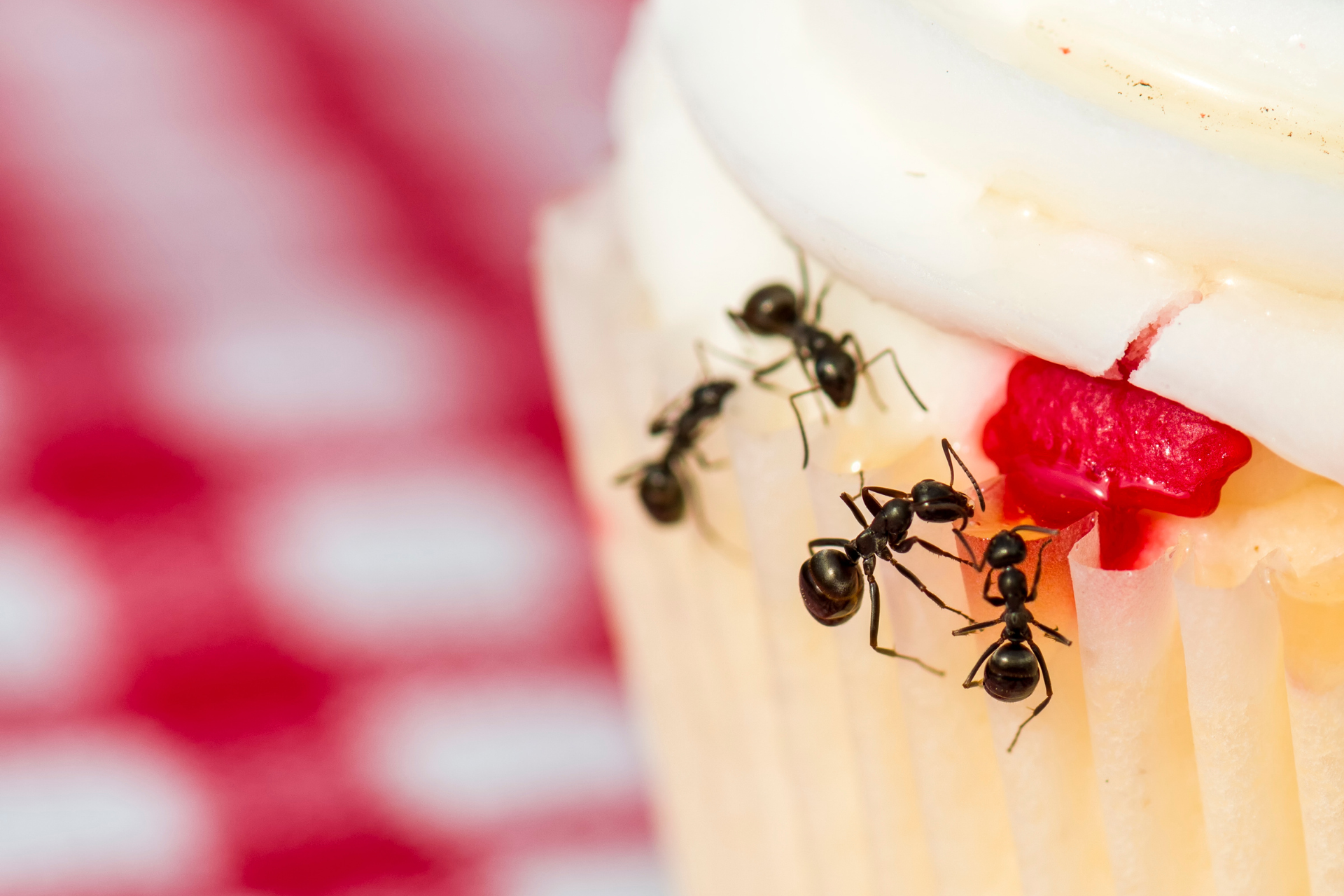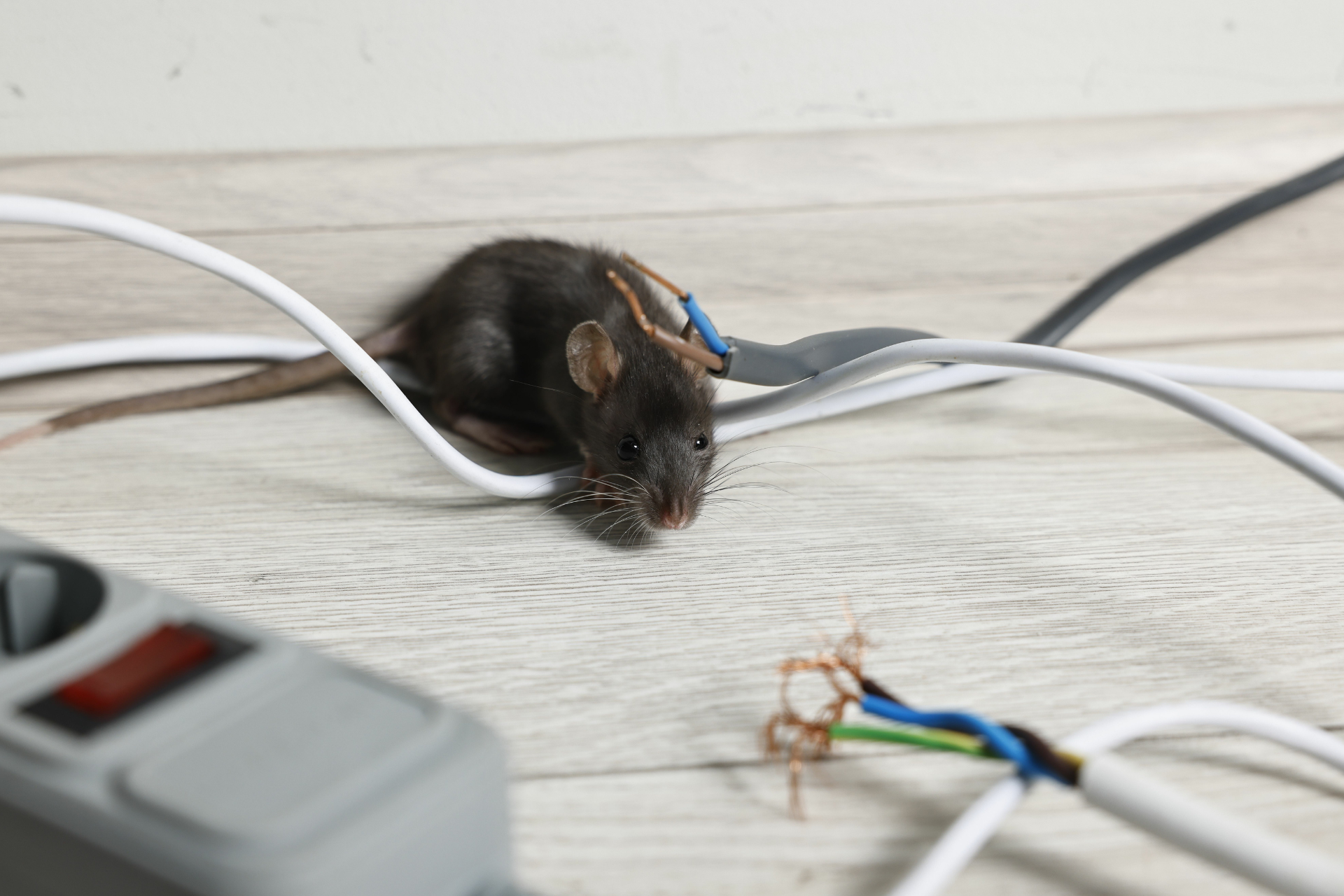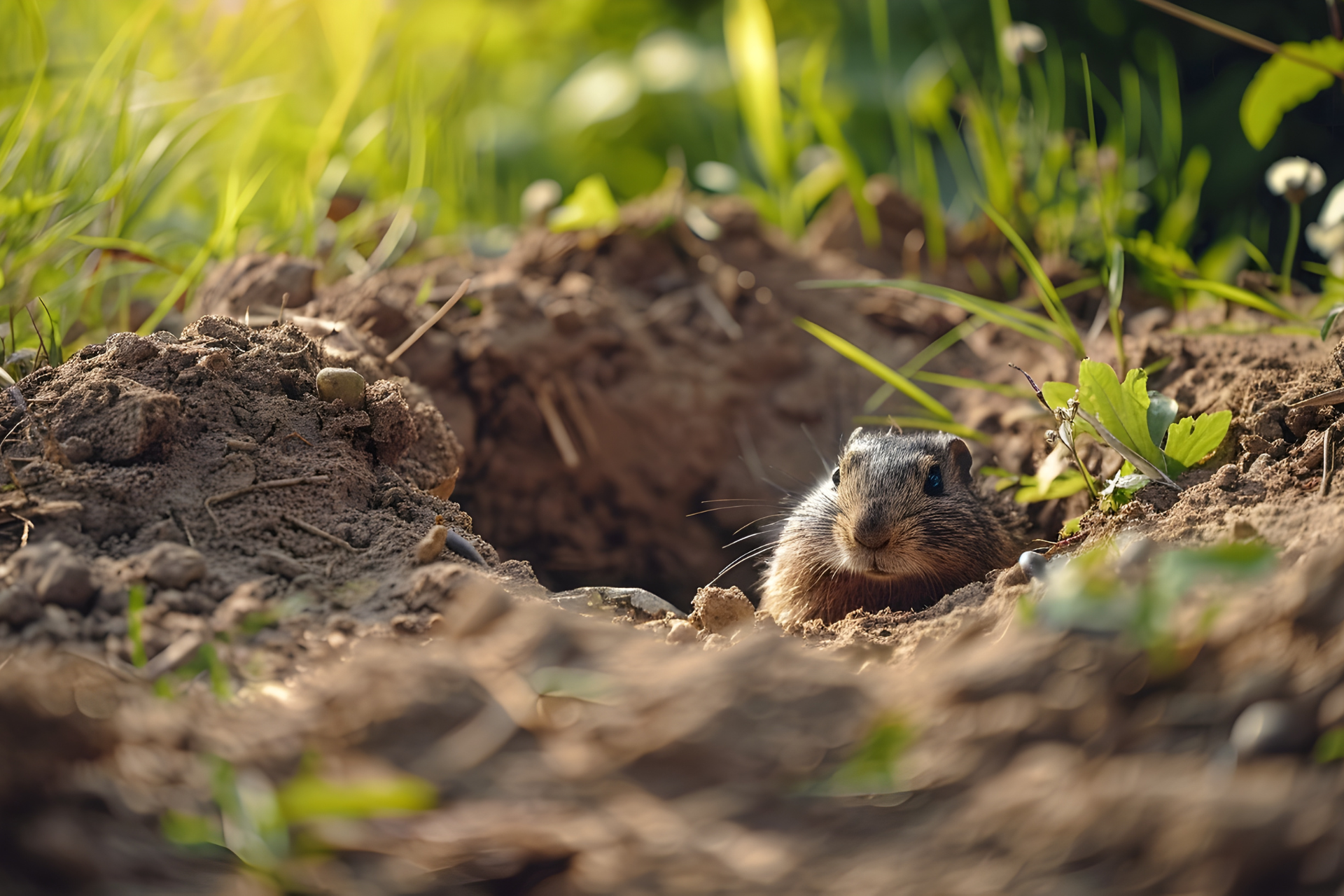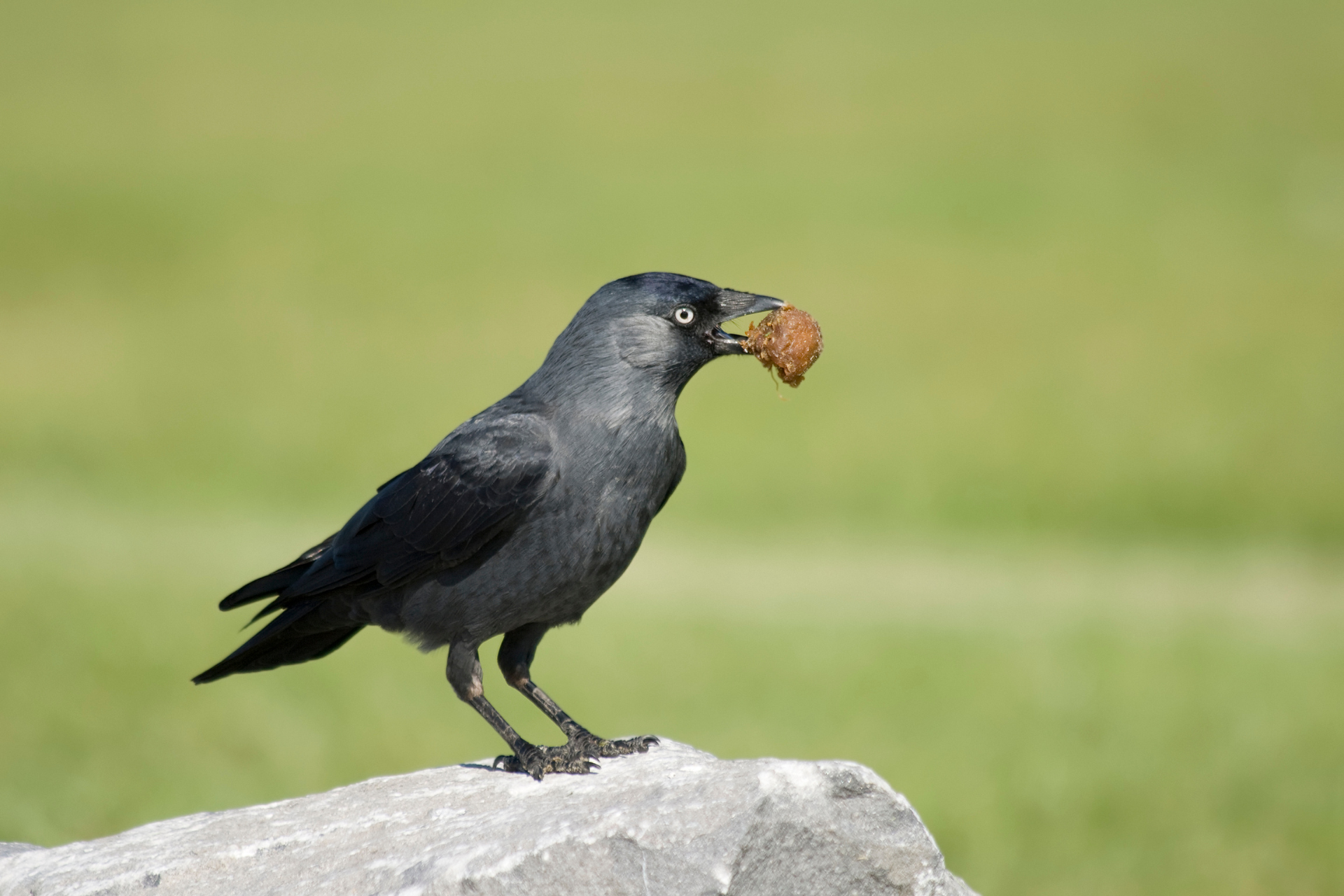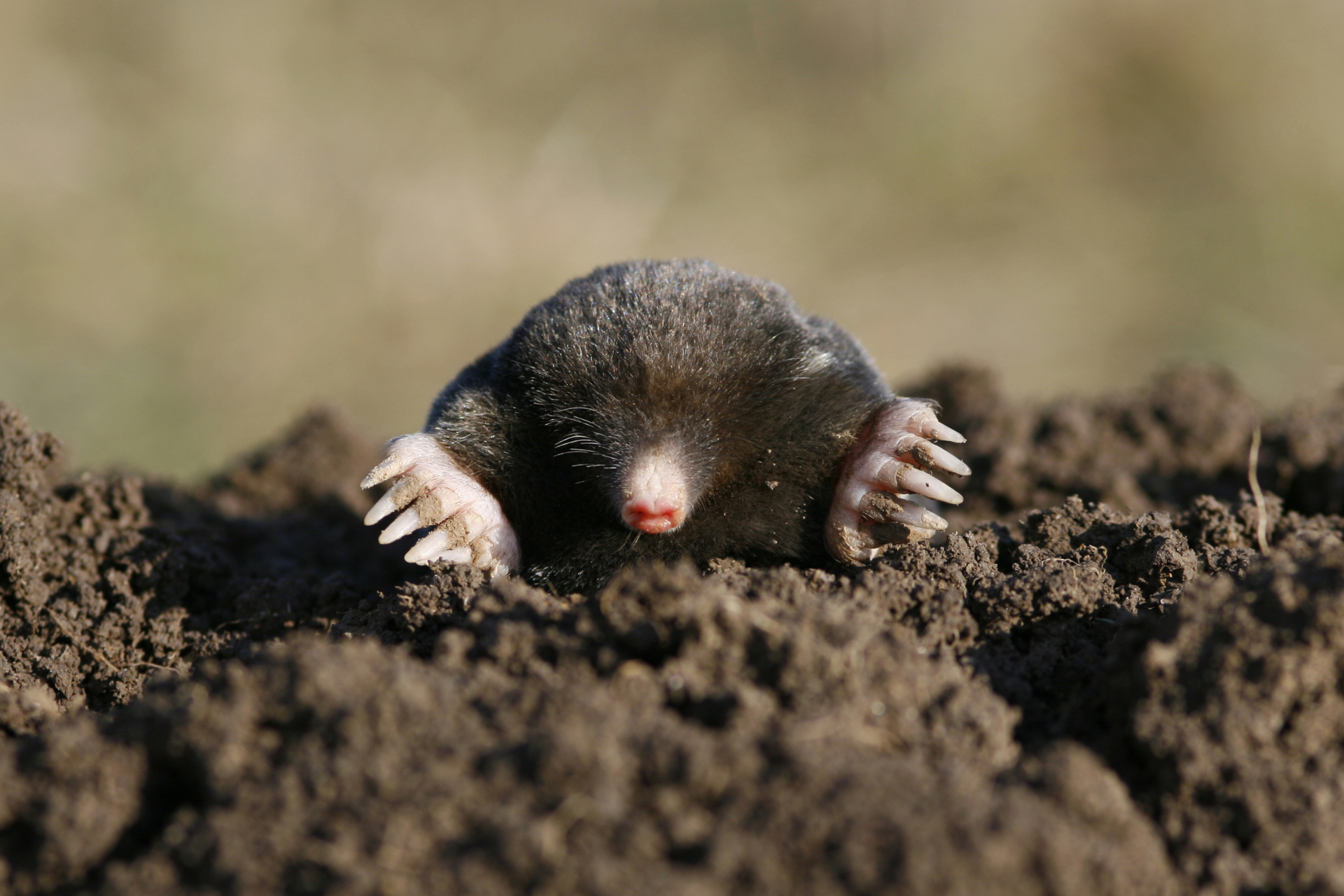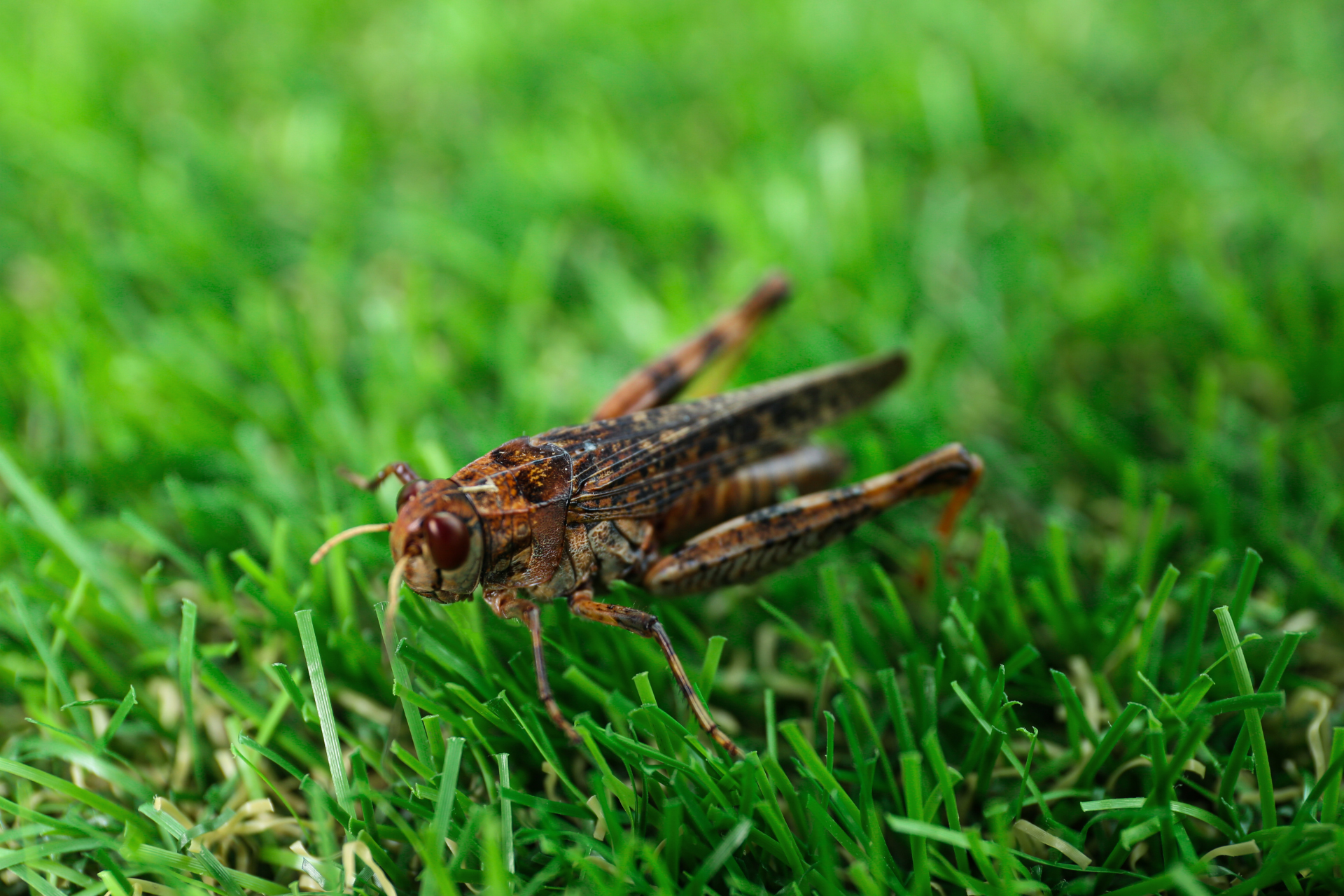How Burrowing Animals Can Compromise Your Home’s Foundation
Burrowing animals might seem like harmless visitors when they wander across the yard, but their activities can pose real risks to home foundations over time. Animals such as gophers, moles, groundhogs, and rabbits have a natural instinct to dig, building complex tunnel systems below the ground. While they’re simply following their instincts, their burrowing can undermine soil structure, disrupt water flow, and create spaces that weaken a home’s foundation. This unseen damage below the surface can develop into significant structural problems, especially when left unchecked.
Foundations rely on stable, compacted soil to support the weight of a home. When burrowing animals dig beneath or near a foundation, they disturb this stability. Their tunnels create pockets of air in the soil, gradually loosening it and causing it to shift. With every new burrow, the soil’s compaction decreases, making it less capable of bearing the home’s load. Over time, these disturbances can lead to sinking or settling, causing cracks in the foundation and, eventually, the walls or floors above.
Soil displacement also plays a role in creating weak points. When animals displace soil to form tunnels, they shift it to other areas of the yard, making the original site less dense. The lack of compacted soil where they dig can contribute to instability in that section of the yard, leading to sinking or shifting. This movement can impact everything from a home’s structural support to nearby driveways, walkways, or patios that may also start to crack or tilt.
Water Flow Disruptions And Increased Erosion
Burrowing animals indirectly affect foundations by changing the natural water flow around the home. With tunnel systems altering the soil’s structure, water no longer moves predictably across the yard. Instead, it may collect in unexpected places, pooling around the foundation where it can seep into cracks and erode materials. When rainwater doesn’t drain away properly, it accumulates and eventually saturates the soil, which can then weaken the foundation.
Gophers, for instance, are known for creating complex, multi-level tunnel networks with chambers that store food and nesting areas. These networks can change water’s direction as it flows through the soil, redirecting it toward the foundation or creating waterlogged areas. As soil becomes more saturated, it can shift even further, which causes it to lose the stability needed to support the weight of the structure above. Over time, such changes in water flow can lead to erosion around the foundation, slowly removing the essential soil that protects and supports it.
Animal Tunnels
Tunnel systems don’t just disrupt soil structure and water flow—they also act as channels, guiding water directly beneath the foundation. During heavy rainfall, water flows into these tunnels, following the same path the animals created and funneling moisture directly under the home. Over time, these water-filled channels can turn into muddy spaces, increasing the risk of basement flooding or foundation leaks.
Groundhogs, also known as woodchucks, are notorious for creating deep burrows with interconnected tunnels. Their extensive burrowing systems can run up to 45 feet long and go several feet deep, which not only affects soil stability but also creates pathways for water to penetrate deeper into the soil around the foundation. This increased water presence can result in damp basements, mildew, and potential mold growth if the home’s foundation becomes perpetually exposed to moisture.
Structural Damage And Visible Signs
The most apparent effects of burrowing animals on foundations are visible signs of structural damage. When the soil below a foundation becomes unstable, homes may start to develop cracks along the foundation walls, floors, or interior walls. Even small cracks can be the start of larger structural issues as they indicate shifting and settling in the soil. As these cracks widen, they can compromise the foundation’s integrity, leading to uneven floors, misaligned doors, or even sections of the house pulling away from the structure.
Moles, while not directly interested in foundations, are another burrowing animal that can indirectly contribute to these problems. Known for creating surface tunnels in their search for insects and grubs, moles cause the soil around these tunnels to loosen significantly. This loosened soil can shift and cause minor ground settling near the foundation. While moles primarily remain close to the surface, the soil shifts they cause can have cumulative effects if other animals, like groundhogs or gophers, decide to use the loosened areas for their deeper burrows.
How Small Burrows Lead To Big Problems
Once burrowing begins, it’s often the start of a domino effect. A single groundhog, for example, may initially create a burrow for shelter, but its activities can encourage other animals to settle in the loosened soil. As each animal digs and moves on, the soil around the foundation becomes progressively less stable. Over time, this collective burrowing can cause sections of the yard to sink, while any changes to the water flow may increase moisture levels around the foundation, further amplifying damage.
Crucially, animals like gophers and moles don’t have to burrow directly under the foundation to cause trouble. Burrows nearby can weaken surrounding soil, putting stress on different areas of the property. This can eventually lead to a process called differential settling, where different sections of the foundation settle at uneven rates, potentially causing parts of the home to tilt or sag.
Preventing animal burrowing around the foundation requires a proactive approach. Recognizing early signs of burrowing—such as visible holes in the yard, small dirt mounds, or fresh soil deposits—can alert homeowners to potential problems before they escalate. Implementing deterrents, such as ground wire mesh or gravel barriers, can discourage animals from digging near sensitive areas like the foundation. Creating a perimeter that burrowing animals cannot easily penetrate helps protect the structural integrity of the soil surrounding the home.
Proper landscaping also plays a significant role in prevention. Keeping bushes and shrubs trimmed away from the foundation and limiting heavy ground cover near the house can reduce the appeal of the area to animals seeking shelter. Regularly inspecting your foundation, even if burrowing isn’t apparent, can help catch early signs of damage and give homeowners a chance to act before the damage becomes severe.
While some burrowing animals can be deterred with DIY solutions, larger or more persistent wildlife issues often require professional intervention. Wildlife professionals can assess the extent of the damage, identify entry points, and implement humane removal techniques to ensure animals are safely relocated away from your property. More importantly, they can install permanent barriers and take preventative measures to protect the foundation from future burrowing, giving homeowners peace of mind.
At 101 Gopher and Pest Control, we specialize in managing burrowing wildlife and protecting your property from the damage they can cause. Our team understands the behaviors of local wildlife and offers solutions that keep your foundation secure and your yard protected. By addressing the root causes of burrowing, we help you maintain a safe and stable foundation. Contact us today to learn more about our services and how we can help keep your property free from wildlife damage.

